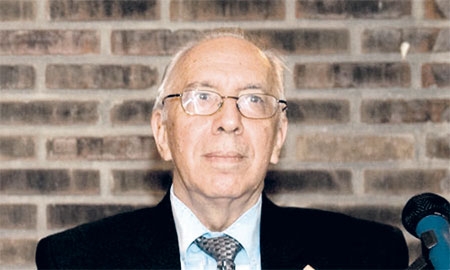How has Costa Rica managed to balance socioeconomic development with environmental conservation?
In the last 20 years there have been a dozen laws to protect the environment from several points of views. One of these assigns complete territories for conservation.
These are our natural parks, the forest reserves, biological shelters, which all represent our biodiversity. This ties up one-quarter of Costa Rica’s territory, putting these areas under the state’s protection. Therefore, the government is the largest landowner in the country.
We’ve cared for the environment rather well, and it’s one of the main reasons why tourists come here. They want to see our parks, our fauna, and our flora. There is a wide variety of places to visit in this country, despite its small size.
How much opposition is there within the government to such pro-environmental policies, especially given that the easy route would bring wealth more quickly?
This is a decision that we’ve been making slowly, over the past two decades. Costa Rica has gone from being a country that intensively uses its natural resources – both renewable and non-renewable – to one that is turning gradually greener. This doesn’t happen overnight just because a government says, “We decree that tomorrow this will be a green country.” On the contrary, this is a progressive cultural change that Costa Rica has been driving since the 1980s, and this change means that bit by bit we’re abandoning the practice of non-renewable natural resources extraction.
The Obama administration is emphasizing renewable energies. Do you think that Costa Rica and the U.S. could collaborate to export your country’s energy model?
We’re trying to convince people that it’s worth exporting these ideas to other countries. In fact, we’re working with the [U.S.] State Department and Department of Energy to try and install an efficient energy center here in Costa Rica.
President Obama requested that here in Latin America there be a series of points of contact for renewable energy, and his administration has chosen Costa Rica as one of these. We want to treat this privilege with great esteem because we’ve been making a huge effort in the country’s energy efficiency.

0 COMMENTS